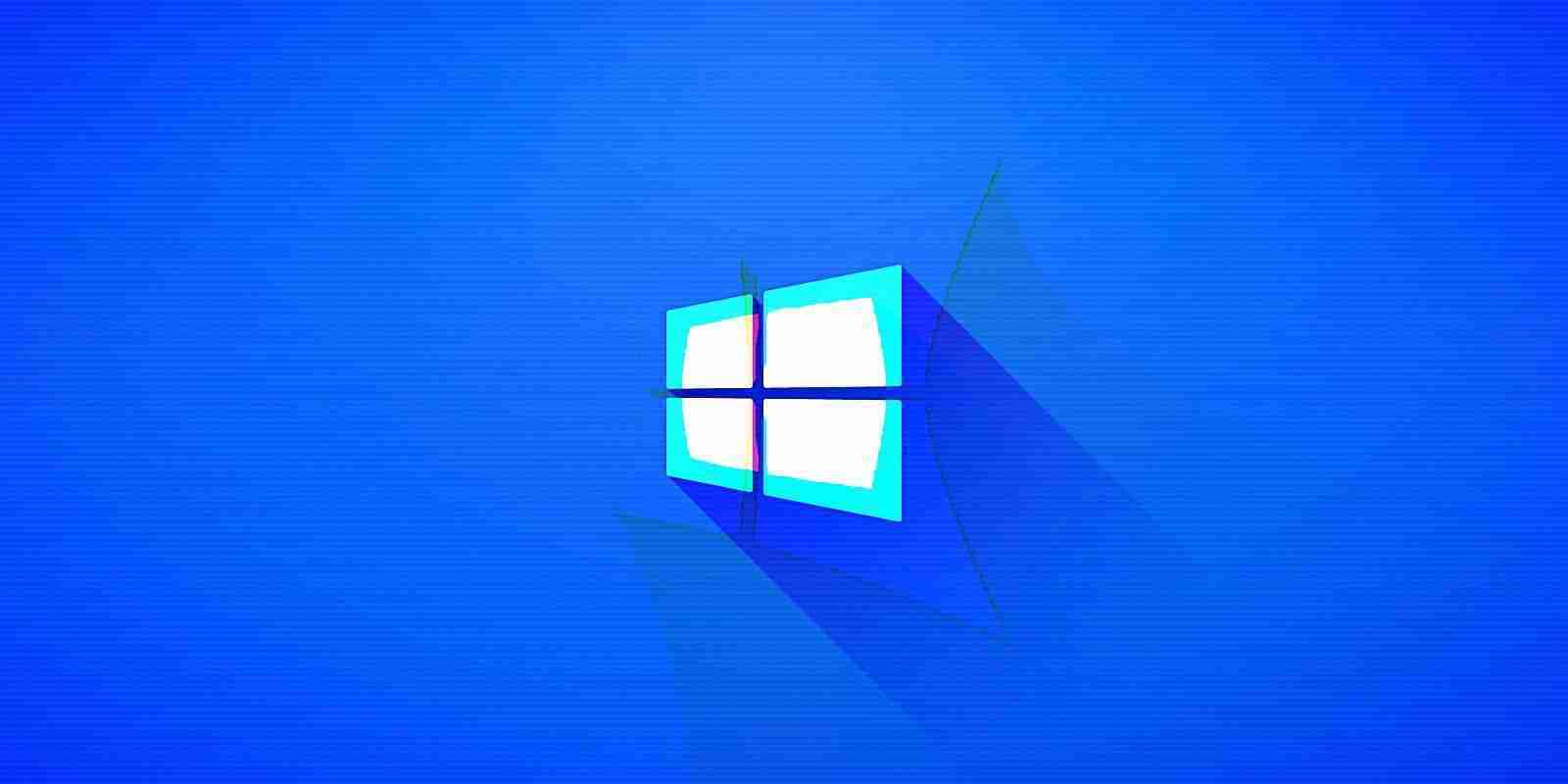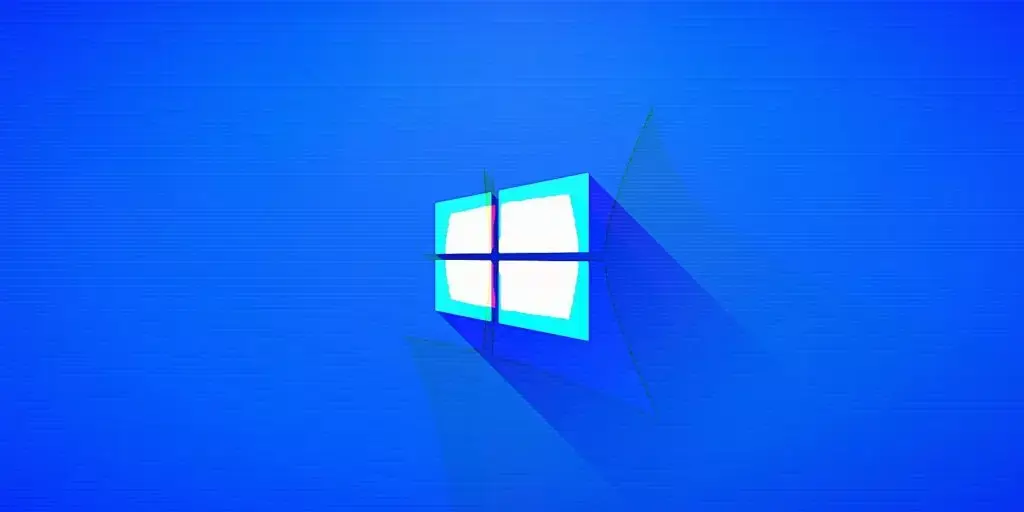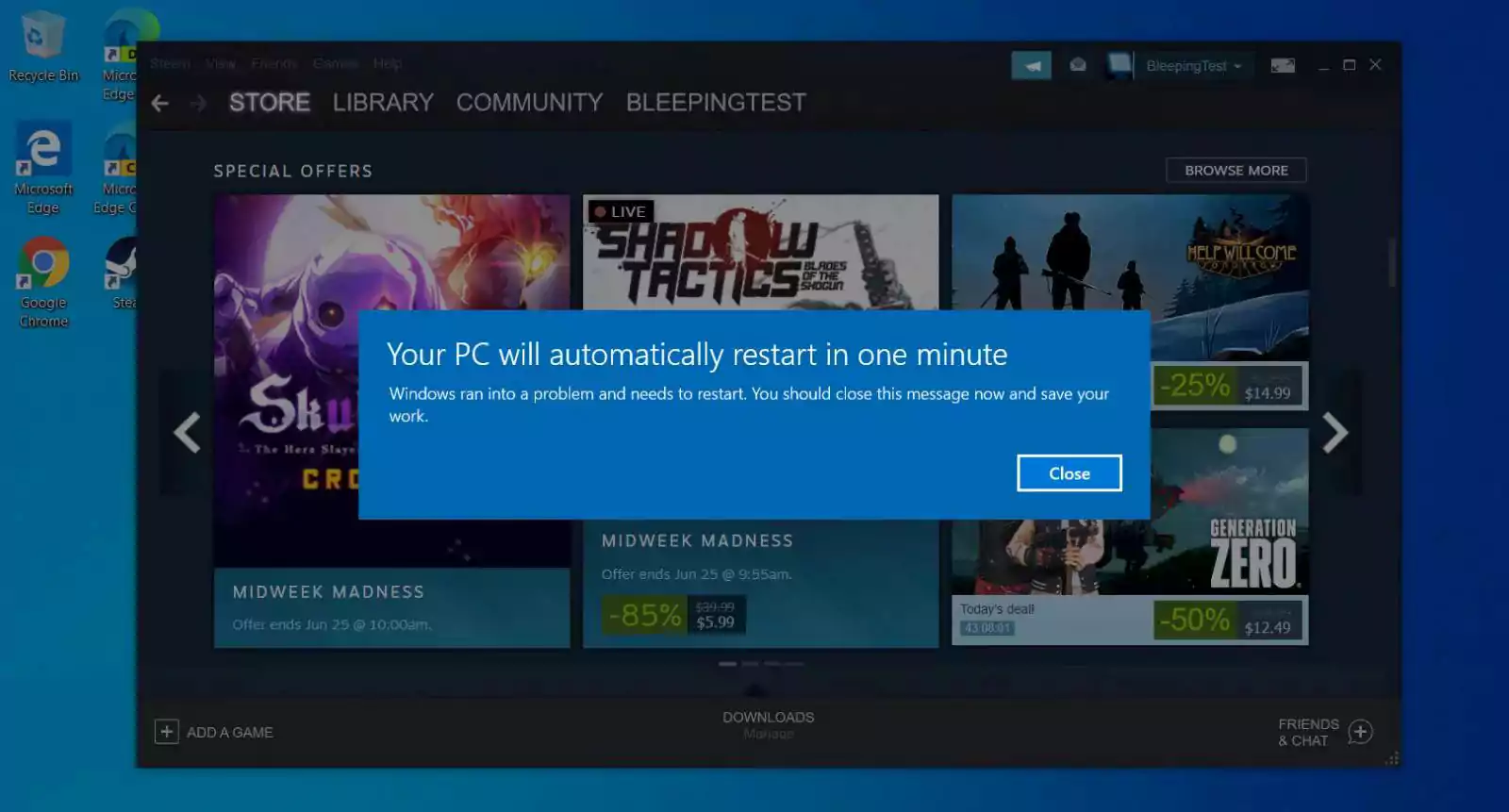KEEP IN TOUCH
Subscribe to our mailing list to get free tips on Data Protection and Cybersecurity updates weekly!







Microsoft has addressed a known issue causing Windows 10 20H2 devices to force restart due to the Local Security Authority Subsystem Service (LSASS) system process crashing.
LSASS is a Windows process responsible for security policy enforcing and updating the security log, as well as for handling user logins, password changes, and access token creation.
Whenever LSASS fails, logged in users immediately lose access to the accounts, with the device force restarting after displaying an error.
The known issue fixed on Thursday affects both client and server Windows devices where local built-in accounts such as Guest or Administrator have been renamed.
“This issue is caused by duplicate built-in user accounts being created with the same security identifiers (SIDs) and relative identifiers (RIDs) during the update to Windows 10, version 20H2,” Microsoft explained.
“SIDs and RIDs for built-in user accounts are well-known as documented here and must be unique on a given device.”
After acknowledging the issue in November 2020, Microsoft also applied an update block to prevent impacted devices from being offered or installing Windows 10 versions 2004 or 20H2.
Also Read: How To Make A PDPC Complaint: With Its Importance And Impact

“As of January 7, 2020, this issue is now resolved and the safeguard hold has been removed when devices are using the latest feature update bundles and refreshed media,” Microsoft says on the Windows Health Dashboard.
“Please note, if there are no other safeguards that affect your device, it can take up to 48 hours before you will be able to update to Windows 10, version 2004 or Windows 10, version 20H2.”
Also, starting Thursday, Windows users should only receive the safeguard hold dialog or safeguard ID if they are using outdated feature update bundles or media.
Refreshed media was released by Microsoft on December 3 on Visual Studio Subscriptions (VSS, formerly MSDN Subscriptions) and on December 7 on Volume Licensing Service Center (VLSC).
Information on how you can verify that you’re using the newly released refreshed media can be found here.
Also Read: Basic Info On How Long To Keep Accounting Records In Singapore?
Microsoft has also resolved a second issue causing crashes with blue screens on Windows 10 2004 or 20H2 devices when users plugged in a Thunderbolt NVMe (Non-Volatile Memory Express) Solid State Drive (SSD).